Microsoft ends support for Internet Explorer on June 16, 2022.
We recommend using one of the browsers listed below.
- Microsoft Edge(Latest version)
- Mozilla Firefox(Latest version)
- Google Chrome(Latest version)
- Apple Safari(Latest version)
Please contact your browser provider for download and installation instructions.
October 21, 2025
NTT, Inc.
The National Institute of Advanced Industrial Science and Technology
Demonstration of a Ground Monitoring Method Using Optical Fibers for Early Detection of Road Collapse Risks
~Contributing to a safer society through continuous monitoring of deep underground conditions~
News Highlights:
- Demonstrated a basic method to estimate underground cavities using optical fiber sensing:
The method tested in this demonstration uses optical fiber sensing to enable high-frequency remote surveys over a wide area at depths of approximately 3 to 30 meters. For example, surveys could be conducted once a day. - First demonstration using NTT facilities in an actual urban area:
The effectiveness of this method was confirmed through a field experiment using optical fibers installed in existing underground pipelines in a real urban environment. This approach is expected to allow early detection of underground cavities by monitoring changes in ground conditions over time. - NTT Group companies plan to conduct demonstration experiments and develop the system with local governments and other partners during fiscal year 2026, aiming for early implementation as an infrastructure monitoring and disaster prevention solution.
TOKYO - October 21, 2025 - NTT, Inc. (Headquarters: Chiyoda, Tokyo; President and CEO: Akira Shimada; hereinafter "NTT") and The National Institute of Advanced Industrial Science and Technology (Headquarters: Chiyoda, Tokyo; President: Kazuhiko Ishimura; hereinafter "AIST") have demonstrated a method for continuously monitoring ground conditions over a wide area using existing communication optical fibers. In addition, simulations modeling underground cavities confirmed the potential to estimate the formation of such cavities.
Traditional surveys for detecting underground cavities, which indicate road collapse risks, have required on-site measurements using specialized equipment, resulting in inspection cycles of roughly once every few years. With this new method, it becomes possible to conduct high-frequency remote monitoring of wide areas at depths of approximately 3 to 30 meters, for example, on a daily basis. Furthermore, because the method leverages communication optical fibers already installed in existing underground pipelines (approximately 620,000 km), it allows efficient inspection across various locations.
This technology enables wide-area, low-cost monitoring using existing infrastructure and is expected to contribute to improved urban disaster prevention and mitigation as well as advanced infrastructure maintenance and management.
The research results will be exhibited at NTT R&D FORUM 2025 IOWN ∴Quantum Leap1, to be held from November 19 to 26, 2025.
Background
In recent years, the formation of underground cavities caused by the inflow of soil into aging urban infrastructure such as water and sewer pipelines has become a social concern. Road collapse accidents caused by these underground cavities not only disrupt traffic and essential lifelines but can also lead to serious, potentially life-threatening incidents that significantly impact local communities.
Conventional surveys for detecting such cavities have primarily relied on on-site inspections using ground-penetrating radar or ultrasonic sensors. However, these methods are limited to shallow depths of around two meters below the surface and require dedicated equipment, making the process time-consuming and labor-intensive. As a result, conducting frequent inspections and continuous monitoring has been difficult. This has created a growing need for a new method that can efficiently and continuously monitor deeper underground areas at lower cost.
Meanwhile, in the field of geophysical exploration, research and application of microtremor array surveys have been expanding. This technique estimates subsurface structures several tens of meters deep by simultaneously recording and analyzing weak, continuous vibrations, generated by factors such as traffic or natural phenomena, using multiple high-sensitivity seismometers, without the need for artificial vibration sources. In recent years, various research institutions have explored the use of optical fiber sensors instead of seismometers to observe ground conditions.
Under these circumstances, NTT, which possesses advanced optical fiber vibration sensing technology, and AIST, which has expertise in microtremor array surveys and ground analysis, have conducted a demonstration experiment aimed at realizing a monitoring system for the early detection of road collapse risks.
Key Technical Features
■ Wide-area and high-frequency ground monitoring using ambient microtremors
Minute vibrations continuously occur on the ground surface in cities due to factors such as traffic and natural phenomena. By analyzing these ambient microtremors, it is possible to estimate the characteristics of the ground. In this demonstration, we used optical fibers installed in existing underground conduits in an actual urban area as sensors to measure and analyze these microtremors (Figure 1).
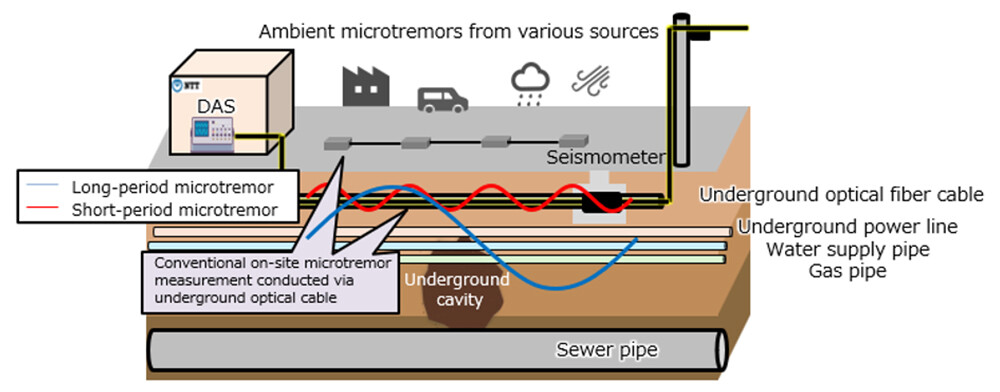 Figure 1 Ground monitoring method using DAS
Figure 1 Ground monitoring method using DAS
Using NTT's high-precision Distributed Acoustic Sensing (DAS) technology2 and AIST's microtremor array survey technology3, we conducted a field demonstration in an actual urban environment and confirmed that the results obtained from both methods were generally consistent.
This approach enables remote monitoring of wide areas at depths of approximately 3–30 meters with high frequency, roughly once a day, compared to conventional cavity inspection techniques that could only be carried out once every few years. A comparison between this method and conventional underground cavity survey techniques is shown in Figure 2.
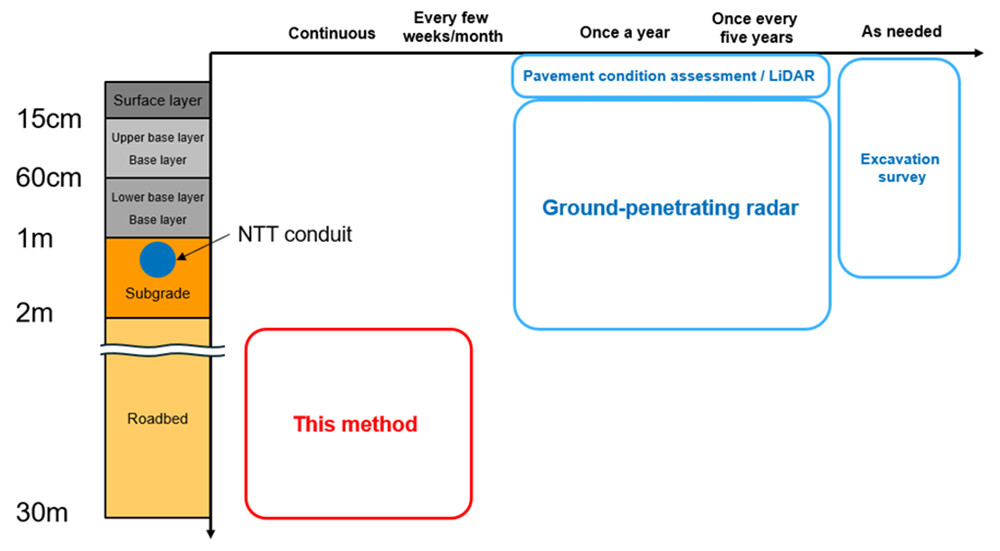 Figure 2 Comparison of the proposed method and conventional underground cavity survey techniques
Figure 2 Comparison of the proposed method and conventional underground cavity survey techniques
■ Simulation of ground property changes during cavity formation
Based on the time-series characteristics of ground properties obtained from ambient microtremor measurements, a simulation was conducted using a modeled underground cavity. The results confirmed the potential to estimate early signs of cavity formation.
Overview of the Experiment
To verify the effectiveness of the proposed method, demonstration experiments were conducted at multiple locations along the routes of communication optical fiber cables installed in underground conduits in Tsukuba City, Ibaraki Prefecture, and Soka City, Saitama Prefecture. Using optical fibers for Distributed Acoustic Sensing (DAS) and microtremor array surveys, vibrations contained in ambient microtremors were evaluated and compared (Figure 3).
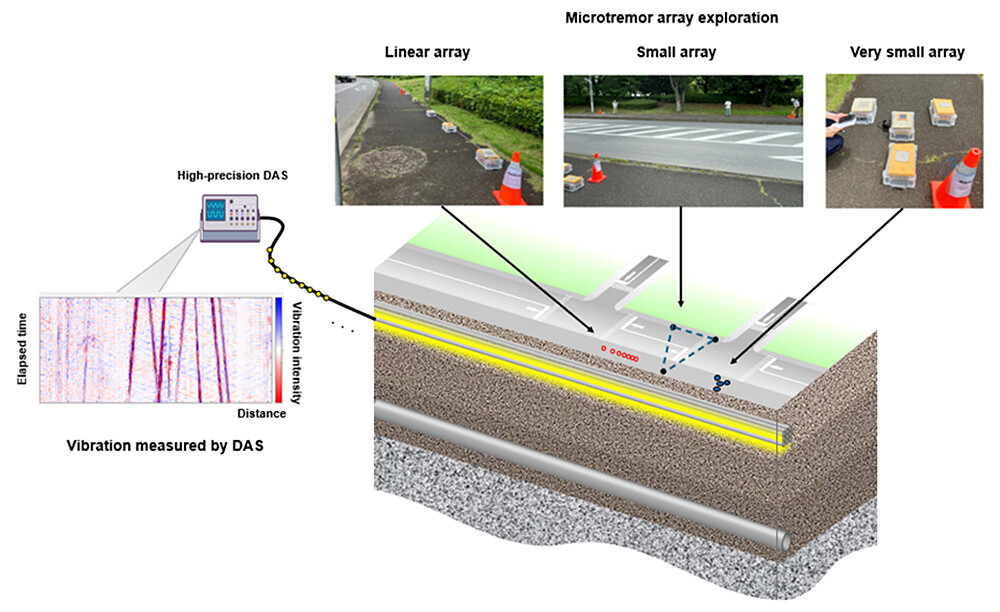 Figure 3 Overview of the demonstration experiment
Figure 3 Overview of the demonstration experiment
An example of the results is shown in Figure 4. The figure presents an analysis of the propagation velocity (phase velocity) of waves at different frequencies contained in ambient microtremors at the Tsukuba and Soka experimental sites. The DAS results were analyzed based on approximately one day of vibration data, while the microtremor array survey results were analyzed using about 20 minutes of data. Consistent results were obtained in the frequency range of approximately 3 Hz to below 20 Hz.
There is a known correlation between frequency and the depth of the ground that influences the vibration; lower frequencies generally correspond to deeper layers. Converting the phase velocity in the frequency range where consistent results were obtained into depth indicates that the ground characteristics at depths of approximately 3 to 30 meters were successfully observed. These findings demonstrate that DAS-based ground monitoring can achieve wide-area and high-frequency measurements with accuracy comparable to that of on-site microtremor array surveys, while utilizing existing communication optical fibers without the need for fieldwork.
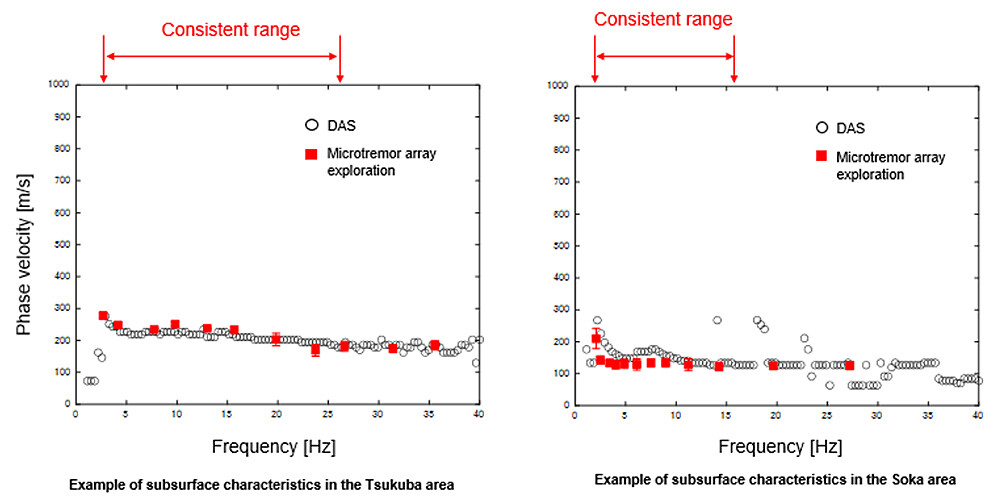 Figure 4 Example of ground property measurement results
Figure 4 Example of ground property measurement results
Figure 5 shows an example of the simulation results illustrating changes in ground properties when an underground cavity forms. In this simulation, the proportion of cavity volume within a given ground volume was used as a parameter. As shown in the figure, when a cavity forms underground, the propagation velocity of vibrations decreases within the cavity area, resulting in a noticeable change in the waveform. Through high-frequency monitoring using this method, such temporal changes in ground characteristics can be continuously observed and detected, enabling the estimation of early signs of cavity formation.
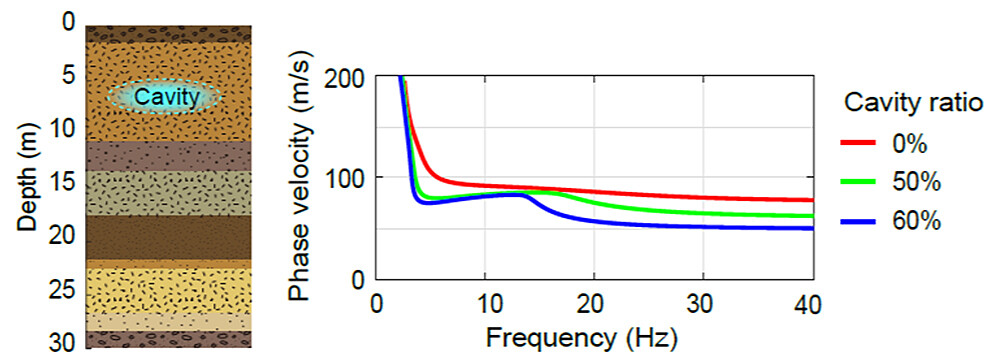 Figure 5 Simulated changes in ground properties due to underground cavity formation
Figure 5 Simulated changes in ground properties due to underground cavity formation
Roles of Each Organization
NTT: Development, measurement, and analysis of high-precision Distributed Acoustic Sensing (DAS) using optical fibers
AIST: Measurement and analysis using microtremor array surveys, and simulation of ground characteristics
Future Developments
Going forward, NTT Group companies plan to work with local governments and water and sewer service providers to conduct demonstration experiments in actual urban environments during fiscal year 2026. The project will also advance the development of more sophisticated analysis algorithms and detection systems, aiming to apply the technology to nationwide infrastructure monitoring and disaster prevention systems.
While this method targets the monitoring of relatively deep ground layers, approximately 3 to 30 meters below the surface, NTT is also conducting research and development on a satellite-based detection method for identifying cavities near the ground surface across broader areas. By combining these technologies, NTT aims to help prevent road collapse accidents, reduce maintenance costs, and contribute to safer cities and the realization of sustainable social infrastructure.
[Glossary of Terms]
1NTT R&D FORUM 2025 IOWN ∴Quantum Leap Official Website
https://www.rd.ntt/e/forum/2025/
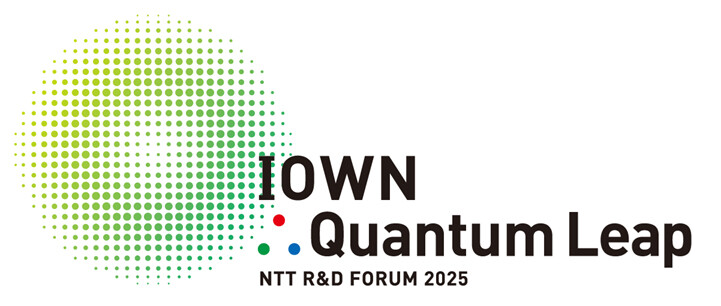
2High-precision DAS (Distributed Acoustic Sensing)
DAS is a technology that measures the distribution of vibrations (acoustic signals) along an optical fiber at high density by observing the backscattered light (Rayleigh scattering) from the light injected into the fiber and analyzing changes in its phase and spectrum. NTT has developed a proprietary high-precision DAS that suppresses interference noise, and this system was used in the present demonstration experiment
https://www.rd.ntt/iown_tech/post_8.html (Japanese)
3Microtremor Array Survey Technology
This is an exploration technique that estimates the subsurface structure and physical properties at various depths by simultaneously recording and analyzing vertical components of ambient microtremors using multiple seismometers arranged in an array on the ground surface. In this demonstration, results obtained from multiple array configurations were combined to enable comparison across a broad range of phase velocities.
https://www.jstage.jst.go.jp/article/geosoc/129/1/129_2023.0004/_article/-char/en
About NTT
NTT contributes to a sustainable society through the power of innovation. We are a leading global technology company providing services to consumers and businesses as a mobile operator, infrastructure, networks, applications, and consulting provider. Our offerings include digital business consulting, managed application services, workplace and cloud solutions, data center and edge computing, all supported by our deep global industry expertise. We are over $90B in revenue and 340,000 employees, with $3B in annual R&D investments. Our operations span across 80+ countries and regions, allowing us to serve clients in over 190 of them. We serve over 75% of Fortune Global 100 companies, thousands of other enterprise and government clients and millions of consumers.
Media contacts
NTT, Inc.
NTT Information Network Laboratory Group
Public Relations
Inquiry Form
The National Institute of Advanced Industrial Science and Technology
https://www.aist.go.jp/
Public Relations
hodo-ml@aist.go.jp
Information is current as of the date of issue of the individual press release.
Please be advised that information may be outdated after that point.
NTT STORY
WEB media that thinks about the future with NTT










